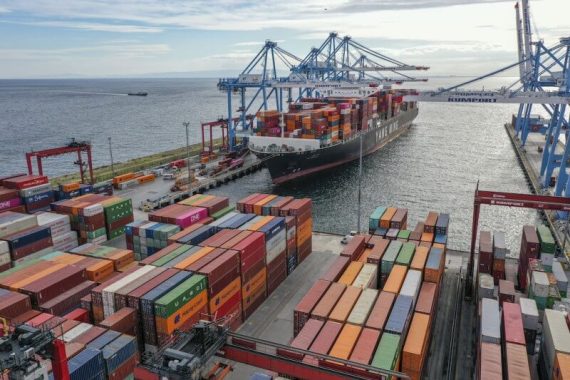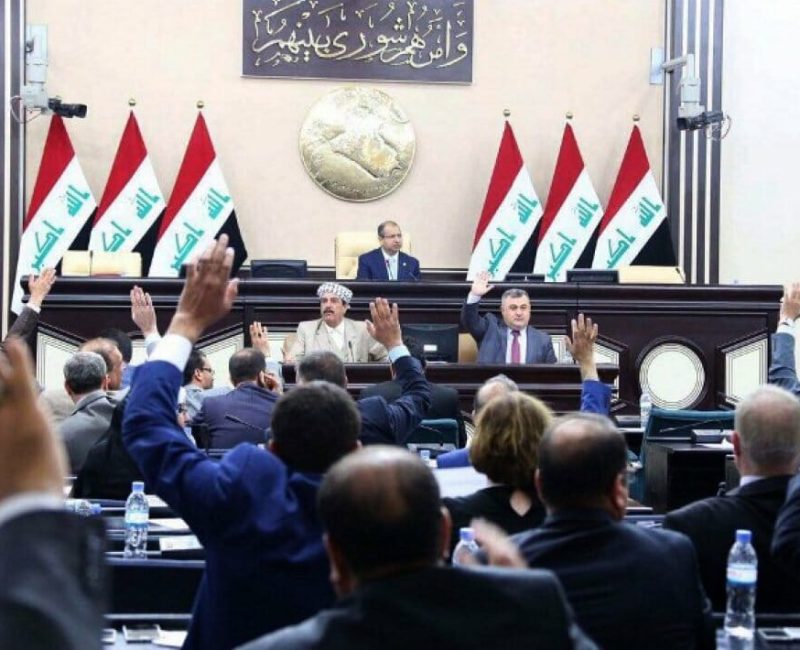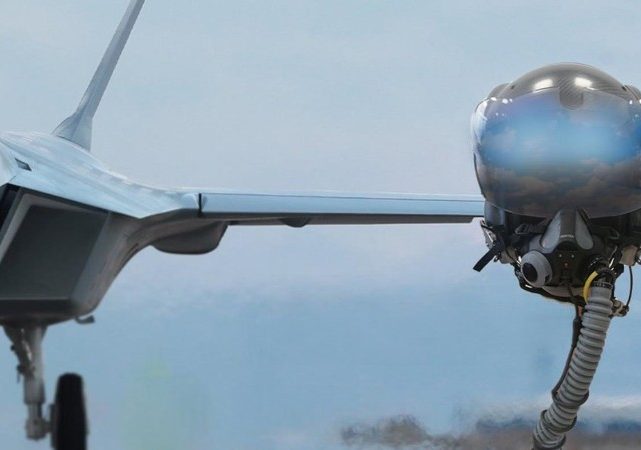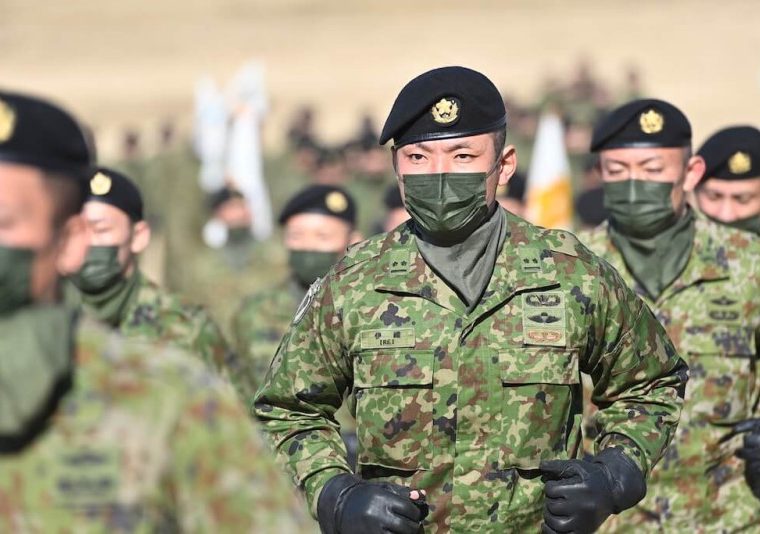T
he ongoing crisis in the Middle East once again confirms that Turkey is the safest and most reliable route for East-West trade. However, how could Turkey further utilize its geo-economic, geopolitical, geostrategic, and geocultural location in global trade competition and in the new era of rising trade corridor wars? Why is there an argument that there can be no corridor without Turkey? And why must Turkey be included in all relevant new trade routes and economic corridors?
As a country positioned at global trade crossroads, Turkey both strategically and logistically should be part of all trade equations between East and West. This is both for Turkey’s own benefit and for the longer-term success of such projects. Turkey’s involvement in these projects may also create significant positive regional and global externalities. Improving relations with the Gulf could, for instance, foster a solution for energy and trade equations in the Eastern Mediterranean.
Turkey has greatly strengthened its privileged position thanks to remarkable infrastructure investments in the last 20 years. Turkey’s infrastructure is well prepared as huge investment projects, from bridges and highways to seaports and airports, new high-speed train lines and other large-scale projects such as the Marmaray, are already completed.
Global power balances are also shifting: together with global integration and cooperation, global and regional competition is also a fact. Multipolarity is the new contemporary reality, and Ankara is strengthening its position in this new era of global economic competition, aiming to preserve its strategic autonomy. Meanwhile, as part of this geostrategic competition, numerous new trade routes or economic corridors are under discussion, and have given rise to economic and political debates.
In this sense, sundry new major developments are in order in the global political and economic landscape. New transformations have been triggered by new trade routes, tackling dependence on reserve currencies; by regional and strategic cooperation mechanisms gaining significance with the changing global economic center of gravity, and the increase in the importance of new economic and political cooperation organizations such as BRICS; and by the increasing importance and weight of the Asia-Pacific, Africa, and the Middle East in the global economy and global politics.
Turkey is at the epicenter of the most suitable trade routes from East to West, providing the most convenient corridors from Asia and Africa-MENA to Europe; political considerations, however, often push this reality into the background. The options to keep Turkey out of the equations are often kept on the table as a bargaining card too.
Yet, Turkey is the safest and most suitable route from East to West, thanks to its human capital, logistic transportation, supply chain infrastructure, and strategic intercontinental advantages. Turkey is a natural candidate to connect economies along all cardinal directions and its stance regarding the India-Middle East-Europe Economic Corridor (IMEEC), or any similar projects, is crystal clear. Turkey monitors all regional trade and economic cooperation attempts, and reminds all parties that there can be no corridor without Turkey.
Trade geopolitics
China’s Belt and Road Initiative (BRI) is probably the most popular of all the trade corridors stretching from east towards west. The Middle Corridor, connecting Turkey to Central Asia, is also linked to the BRI, linking Europe to China, via Turkey and Central Asia. China has already made significant progress over the BRI, and as a partner economy, Turkey has also made headway on the project.
However, not all countries support this trade corridor worth trillions of dollars. For instance, in 2022, the EU committed to provide €300 billion over the next five years for the infrastructure of developing countries within the scope of the Global Gateway Initiative, which was presented as an alternative to China’s BRI. G7 economies also plan to provide $600 billion in infrastructure investment support to partner countries as part of the Partnership for Global Infrastructure and Investment (PGII) by 2027. The U.S. Build Back Better initiative is another such example.
The Development Road project is an alternative trade route recently launched by Turkey and its partners in the Middle East. This is a project that stretches to Europe via Iraq and Turkey, with countries like Iraq, Turkey, Qatar, the UAE, and China all contributing to its construction and financing. The Development Road corridor is planned to connect the Gulf region to Europe. After all, Turkey’s improving relations with the Gulf region are also among the country’s critical priorities and long-term visions.
However, the Development Road project could be negatively impacted by the introduction of the IMEEC, another trade route through the Middle East. In fact, the International North-South Transport Corridor (INSTC) also had a similar potential, but it is currently passive, especially after the beginning of the Russia-Ukraine war. The project lost its significance, as the two main signatories, Russia and Iran, are both targeted by Western sanctions.
The IMEEC, on the other hand, was a rather surprise outcome of the G20 Summit in New Delhi, India, in September 2023. This new trade route is projected between Asia and Europe, and is supported by the U.S. and the EU. The IMEEC is a new strategic extension to the global trade routes or supply chains; however, in many ways, it also resembles the historical Spice Route and has thus been described as a “modern Spice Route.”
The memorandum of understanding or declaration to build this new economic corridor was signed during the G20 meeting in India. The IMEEC is a new framework to build an economic cooperation and a trade corridor to enhance cross-border economic cooperation and integration in South Asia, the Middle East, and Europe. The project was signed by India, Saudi Arabia, the UAE, the U.S., the EU, France, Germany, and Italy. The corridor is expected to pass through India, the UAE, Saudi Arabia, Jordan, Israel, Cyprus, Greece, and Italy.
The project consists of maritime, railway, and highway legs. It will have a maritime leg in the Arabian Sea and the Mediterranean Sea, and railway transport and land routes on the Arabian Peninsula and in Europe. New railway networks in addition to the existing sea and land routes are expected to be established between India, the UAE, Saudi Arabia, Jordan, Israel, and Europe.
Goals and questions
The IMEEC corridor is commonly perceived as
- a major alternative route to the Chinese Belt and Road Initiative (BRI), and
- a means to contain China and promote the Indian economy.
It further aims to
- mitigate China’s growing proactive role, and counter its economic and political influence in the Middle East and Asia;
- support alternatives to the Belt and Road Initiative (as in the 2022 announcements regarding the Global Gateway);
- foster the normalization process in the region and improve connectivity (adding on to the Abraham Accords);
- enhance regional stability and global economic cooperation;
- build huge infrastructure investments, new railways, and ports;
- improve global digital connections, and create new “green and digital bridges” (using cable connections);
- strengthen the supply chains between East and West as part of the search for new alternatives after the COVID19 pandemic; and
- facilitate regional economic growth.
The IMEEC aims to connect India, the new global manufacturing hub, to the Middle East and Europe. The U.S. and EU support this project despite India’s economic, political, and even military cooperation with Russia. Meanwhile, the Gulf region economies are still looking for ways to diversify their economies from dependency on fossil energy exports.
That being said, the potential impacts on other regional trade routes and projects should also be considered. Maritime jurisdiction disputes in the Eastern Mediterranean and the Arabian Sea are a critical issue in terms of security. For instance, the project in its current form seems to pass through the Turkish EEZ (Exclusive Economic Zone), and it seems unlikely for Turkey to approve a project that would exclude it from partnership. The EastMed pipeline is a good example of such a failed project.
Moreover, the multilayer steps in transportation could also increase monetary and time costs. Loading ships two times, once in India and once in Israel, and unloading them twice, once in the UAE and then in European ports, indicate a very inefficient process. The fact that regional projects without Turkey are just corridors (consisting of sea, railway, and highway legs) with more filling and unloading means significant loss of time and cost. Even just for this, Turkey’s exclusion from such projects does not appear to be a rational choice.
Factors such as political uncertainty in the region, controversial bilateral and multilateral relations, security, time, and profitability are also noteworthy disadvantages for the corridor in question. Despite the current positive atmosphere, the economic rivalry between Saudi Arabia and the UAE (both of which are focusing on saving their economies from energy dependence and their investments in the energy and technology sector and the problems that Israel may experience with the countries in the region may also pose a handicap for the project.
Furthermore, while the chosen IMEEC route aims to divert trade from insecure routes such as Syria, Iraq, and Iran (and even pirate attacks in the Red Sea), the Israeli territory may not be that safe either, as has been the case recently. This very fact is proven once again with the Palestinian-Israeli conflicts resumed in October 2023.
Recommended
Corridor wars
These types of new trade routes or corridors are guaranteed to contribute to increased economic integration in the extended hinterland between China and the UK. They may also pave the way for global sustainable development goals, strengthening economic and commercial relations, and establishing new positive equations. The world needs new and safer trade routes and supply chains.
Meanwhile, clearly the political goals of global players such as the USA are beyond simple cost-benefit analyses. The habits of global powers to develop more than one alternative and wait to see which one works out also extends these processes over time. In the meantime, it is obvious that at least one objective is to integrate Israel further into the economic, commercial, and political equations in the region.
These new commercial corridors are also compatible with the current trend of major investment projects underway in the Middle East. New trends such as green transformation and zero emission, that are increasingly brought to the agenda at COP meetings, necessitate the transformation of the energy export-dependent Middle Eastern economies. These economies must transform themselves and shift towards new economic models that are more technology and trade intensive, transforming into new transit centers in international trade.
In the end, though, there can be no sustainable, long-term plan or corridor in this region without Turkey. Slowly and decisively, Turkey is turning into a new epicenter of global trade equations, and is peacefully and conscientiously connecting East and West. Turkey is an indispensable strategic asset for the most suitable commercial, energy, and transit corridors between Asia and Europe. In this sense, any commercial, political, and economic equations that do not include Turkey are unrealistic and unsustainable.






